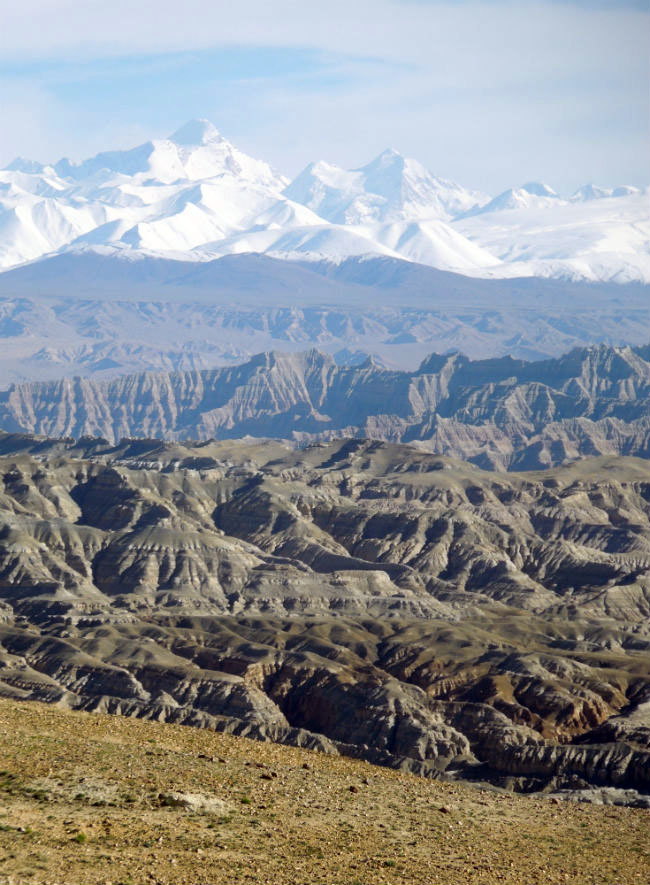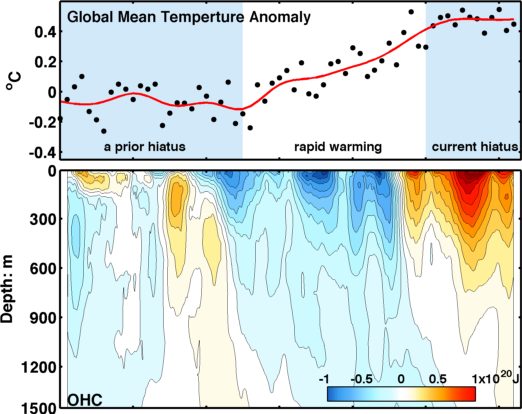New research, lead by Earth and space sciences professor Kate Huntington, is shedding light on how the Tibetan Plateau of south central Asia was at one time much higher than it is today. Its historical heights have long been debated in the scientific community, and Huntington and her team used novel research techniques — including the fossilized remains of snails that once lived in the Plateau’s ancient rivers and lakes — to help answer questions about the region’s distant past.
Read more at UW Today »Atlantic Ocean caught storing heat for decades, creating global warming "staircase"
Following rapid warming in the late 20th century, this century has so far seen surprisingly little increase in the average temperature at the Earth’s surface. At first this was a blip, then a trend, then a puzzle for the climate science community. New research co-authored by Ka-Kit Tung, a UW professor of applied mathematics and adjunct faculty member in atmospheric sciences, has found that the Atlantic Ocean has stored much of the missing heat, as part of a natural cycles.
Read more at UW Today »Ancient shellfish remains rewrite 10,000-year history of El Niño cycles
Scientists by their very nature are inquisitive and creative, often figuring out novel ways to answer complex and perplexing questions. In a paper recently released in Science, College of the Environment oceanographer Julian Sachs and colleagues use ancient clam shells to peer into the past and piece together a 10,000 year history of climate driven by the El Niño Southern Oscillation.
Read more at UW Today »Ocean’s most oxygen-deprived zones to shrink under climate change
Climate change is complex, no doubt about it. Much of that complexity lies in the interconnectedness of our world, where scientists are continually striving to increase our understanding of how natural systems function and may be affected with the ripple effects associated with a changing climate. Sharpening our understanding helps us better predict what the future holds. In a recent paper published in Science, College of the Environment’s Oceanography associate professor Curtis Deutsch talks about a new link in the climate change story, and how it may play out in terms of the oxygen depleted zones of our oceans.
Read more at UW Today »Geophysicists prep for massive ‘ultrasound’ of Mount St. Helens
Scientists are gearing up to get started in earnest this weekend on a massive collaborative effort to map the internal plumbing of Mount St. Helens. The College of the Environment’s Department of Earth and Space Sciences is playing a major role–lead by professor Kenneth Creager–along with numerous other institutions. The researcher’s goal is to better understand the inner workings of the mountain and other volcanoes in the Cascade Range as in order to better protect nearby urban areas.
Read more at UW Today »





